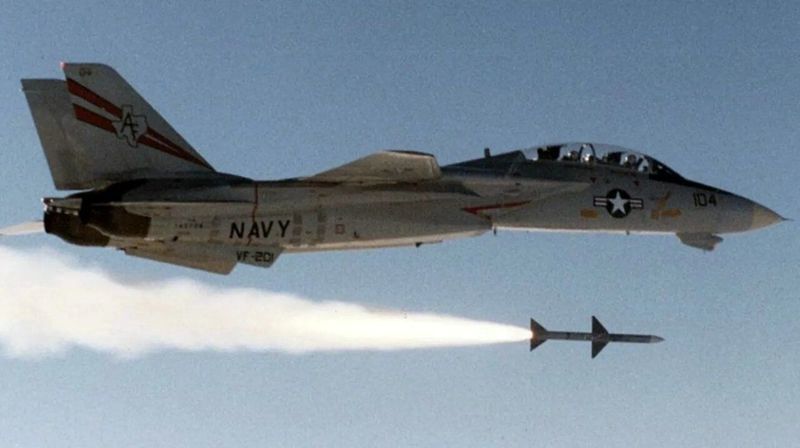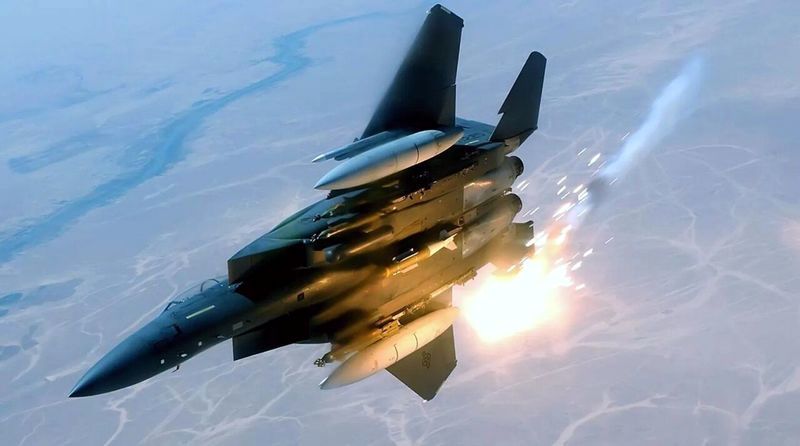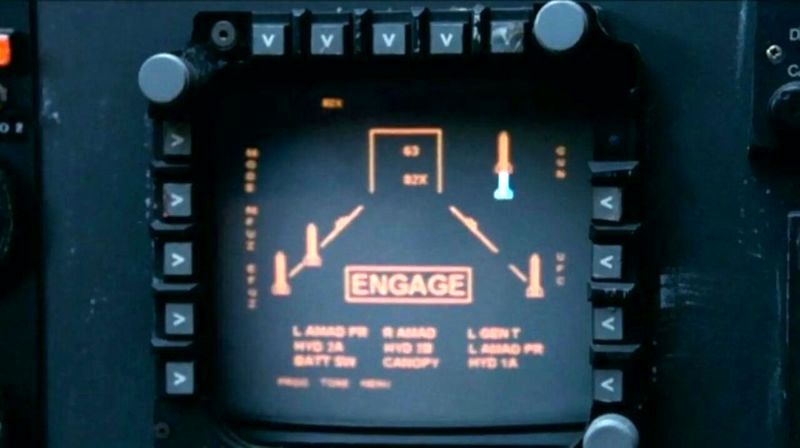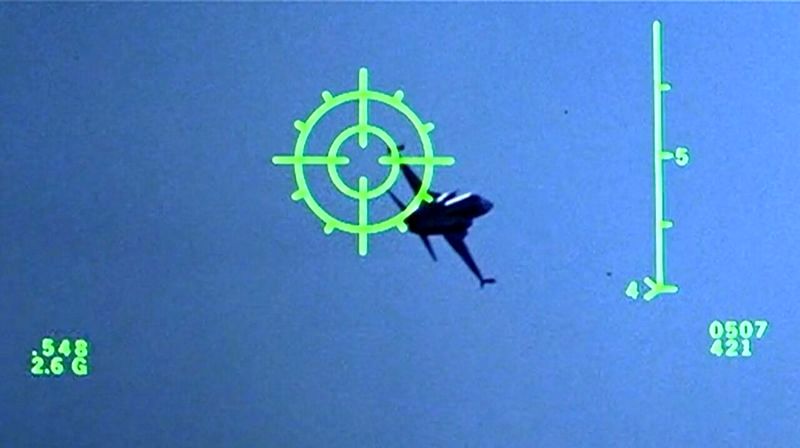How Fighter Jets Launch Missiles and Detect Enemy Radar Lock
Rokna: Fighter pilots are alerted to enemy radar tracking through specialized warning systems and counter such threats using defensive technologies such as flares and chaff.

According to Rokna, you have likely seen scenes in films like Iron Eagle or Top Gun, where a pilot receives a sudden alert indicating detection by enemy radar. This warning occurs when an enemy missile locks onto the aircraft, giving the pilot a critical window to evade the attack using tools such as flares and chaff. While the underlying technology is complex, it can be explained through several key concepts.

In general, when an enemy locks onto a hero’s aircraft in a film, this is achieved through the fighter jet’s internal radar system. The system can operate in different modes: one for searching specific targets and another for broader tracking and engagement. When the radar signal reflects off the attacking aircraft, the fighter’s systems identify the enemy’s position.
The type of missile fired is of great importance, as heat-seeking missiles do not require radar lock. In such cases, the pilot only needs to set up the shot and receive the appropriate targeting cues for the attack. On the other hand, the interaction between target acquisition and radar capability is critical; the radar’s transmitted and received signals, along with the presence of a Radar Warning Receiver (RWR), provide the pilot with information about the angle and origin of enemy signals.
Missile Launch Procedures in Fighter Jets
Whether operating retired or advanced jets, such as the F-111 Aardvark or the F-35 Lightning II, missile launches require precise steps. During launch, the pilot announces over the radio using terms such as “Fox One,” “Fox Two,” or “Fox Three.” You may have heard these terms in films and know they have specific meanings: Fox One refers to semi-active radar-guided missiles, Fox Two to infrared-guided missiles, and Fox Three to active radar-guided missiles.

Infrared-guided missiles, such as the AIM-9 Sidewinder, do not require an active lock by the pilot, which differs from semi-active radar-guided missiles. Semi-active radar-guided missiles rely on internal and external radar capabilities to enhance the launch system. Active radar-guided missiles, such as the AIM-120 AMRAAM, are capable of engaging more distant targets, and countering them with electronic tools is extremely difficult.

These missiles do not require active lock from the pilot in the final engagement phase and operate on a “fire-and-forget” basis, allowing the pilot to maintain focus on other operations.
Warning Mechanisms for the Targeted Aircraft
A fighter pilot must always be prepared to respond to threat warning systems. If a missile locks onto its target, the Radar Warning Receiver (RWR) detects threat signals and informs the pilot of the radar type and nature of the threat. This information helps the pilot understand what kind of aircraft is pursuing them and determine strategies to evade the attack.

How Fighter Pilots Detect Radar Tracking and Lock
Advanced RWR systems receive detailed information from various signals and prioritize threats. These data are displayed to the pilot via icons and the HUD, allowing appropriate reactions based on the information. Another advantage of these systems is the Laser Warning System, which promptly reports enemy use of laser technologies.

The RWR system is not limited to visual alerts; it also provides specialized auditory warnings. These different sounds indicate the type of threat in progress. For example, a continuous tone signifies that an enemy radar has locked onto the aircraft. Upon hearing these warnings, the pilot can execute defensive actions with precision, enhancing both personal safety and aircraft survivability.
Send Comments